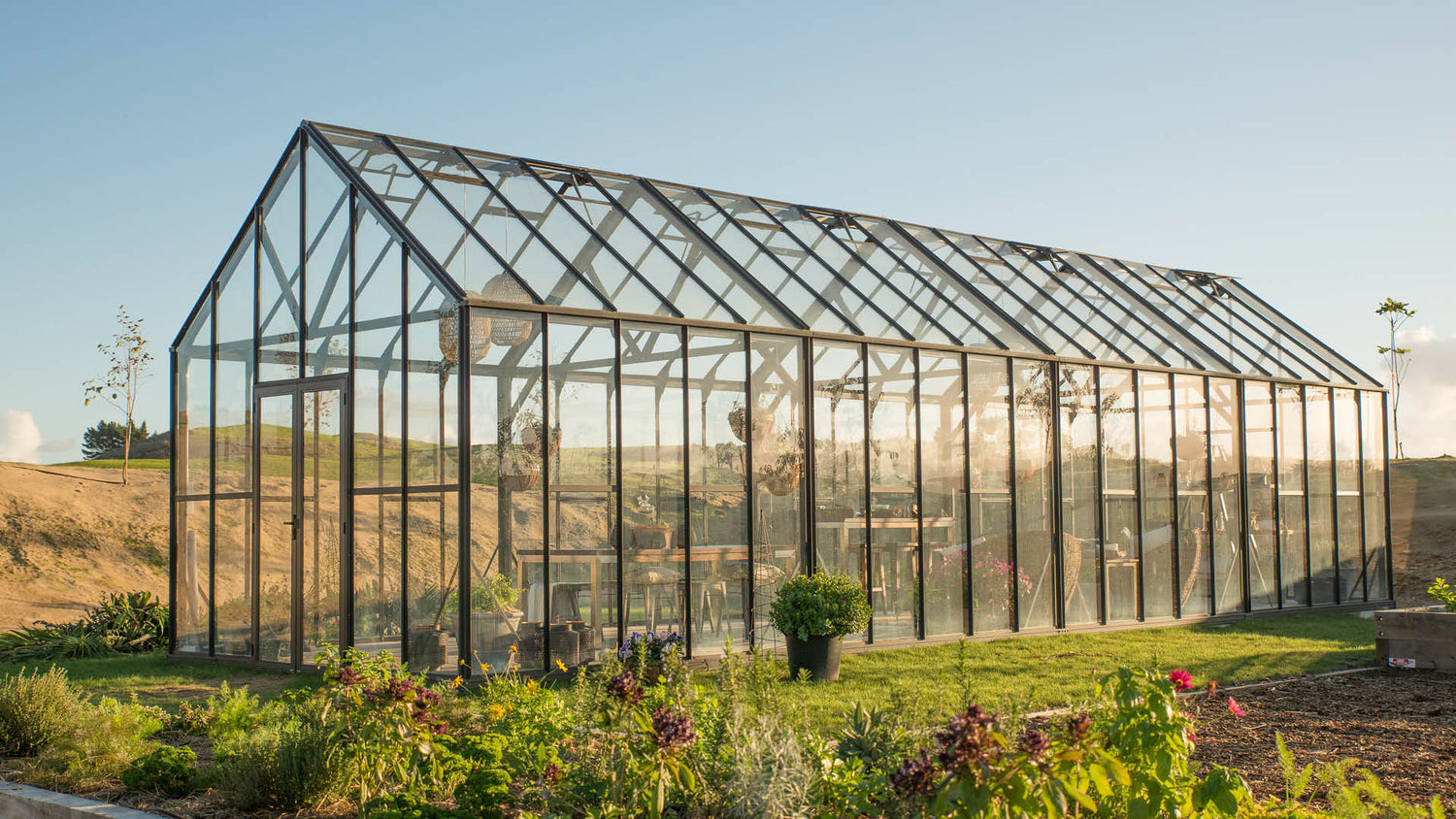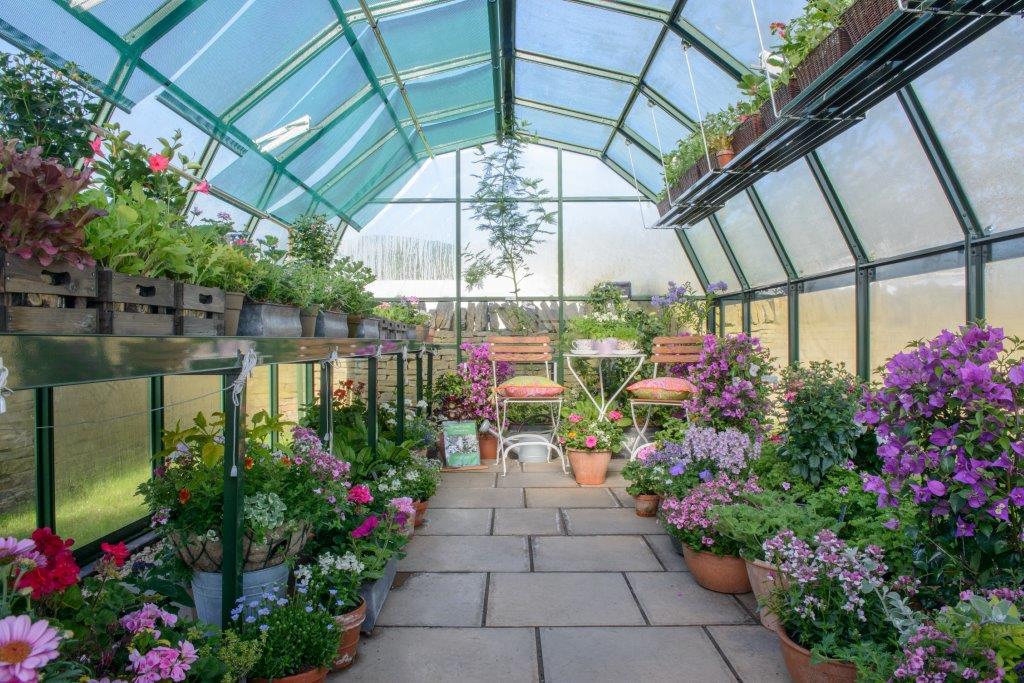Tailored to Excellence: Monarch Custom Greenhouse Utah Craftsmanship
Wiki Article
Greenhouse Layout: Developing an Eco-Friendly Expanding Space
Learn just how to create a greenhouse that optimizes all-natural light, conserves water, and integrates renewable power sources. By choosing lasting materials and carrying out energy-efficient home heating and cooling down systems, you can develop a greenhouse that is both effective and ecologically aware.Picking Lasting Products
When developing your eco-friendly greenhouse, focus on sustainability by very carefully picking materials that are environmentally-friendly and promote power effectiveness. One of one of the most crucial elements of creating an eco-friendly greenhouse is picking sustainable products. By choosing for materials that have a marginal influence on the environment, you can lower your carbon footprint and add to a much more sustainable future.Begin by considering the materials made use of for the structure of your greenhouse. In addition, consider utilizing products that have a high thermal mass, such as stone or concrete, as they can assist manage the temperature inside the greenhouse, minimizing the demand for excessive heating or air conditioning.
Another essential aspect to consider is the glazing material for your greenhouse. Select products that provide outstanding insulation residential or commercial properties, such as double- or triple-pane glass or polycarbonate panels. These products can aid catch heat inside the greenhouse, decreasing the amount of power required for home heating throughout colder months.
Moreover, when picking products for the interior of your greenhouse, choose lasting options such as bamboo or reclaimed wood for shelving and benches. These products are not only durable however also promote the accountable use resources.
Making The Most Of Natural Light
To make best use of natural light in your environment-friendly greenhouse, prioritize the calculated placement of skylights and windows to optimize sunlight exposure throughout the day. This is a critical element in developing an excellent growing setting for your plants. When choosing on the placement of windows, take into consideration the path of the sun throughout the day and just how it will certainly affect the different areas of your greenhouse. South-facing windows will obtain one of the most sunlight, while east-facing windows will certainly record the morning sun and west-facing home windows will certainly obtain the afternoon sunlight. By strategically placing windows on these sides, you can make sure a constant and also distribution of sunlight throughout the day.Skylights are one more effective way to maximize all-natural light. They allow sunlight to go into from above, offering an extra resource of light for your plants. When installing skylights, consider their dimension and position. Bigger skylights will certainly allow much more light to enter, however ensure they are not also large that they cause too much heat or glow. Setting them in areas where they can supply direct sunshine to your plants without casting shadows on various other areas.
Carrying Out Energy-Efficient Heating & Cooling Systems
To further boost the power efficiency of your environmentally friendly greenhouse, think about carrying out energy-efficient heating and cooling systems. These systems play an essential function in preserving optimum temperature level and humidity degrees for your plants, while decreasing power intake and minimizing your greenhouse's carbon footprint.
This allows for the exchange of fresh air and aids manage the temperature inside the greenhouse. These systems make use of less energy compared to standard air conditioning systems and can properly lower the temperature inside the greenhouse.
Water Preservation Strategies
To better boost the energy performance of your eco-friendly greenhouse and continue minimizing its environmental impact, it is very important to implement efficient water conservation techniques. Water is a valuable resource, and with the ideal strategies, you can minimize your greenhouse's water consumption while still supplying optimum conditions for your plants.One means to preserve water is by using a drip watering system. This technique delivers water straight to the plant roots, decreasing dissipation and making sure that water goes where it is needed most. Additionally, mounting a rainwater harvesting system can aid keep and catch rain for later usage in your greenhouse. This not just minimizes your reliance on municipal water resources yet likewise conserves you cash in the future.
An additional method is to mulch your plants. Adding a layer of natural material around the base of your plants aids keep dampness in the dirt, lowering the demand for constant watering. Additionally, consider utilizing a water-efficient potting mix that retains moisture while still providing ample drainage.
Finally, check your greenhouse's water usage frequently. By tracking exactly how much water you are using, you can determine locations for enhancement and make required changes.
Incorporating Renewable Resource Resources

Verdict
In final thought, by applying lasting products, optimizing natural light, making use of energy-efficient heating and cooling systems, practicing water preservation strategies, and including renewable energy resources, you can develop an environment-friendly greenhouse style. This will not just profit the setting yet additionally advertise lasting and healthy and balanced plant growth. So, proceed and make a favorable influence on the planet by making an environmentally friendly expanding area.When creating your environmentally friendly greenhouse, focus on sustainability by meticulously picking materials that are environmentally-friendly and advertise energy effectiveness. These products can aid catch warm inside the greenhouse, decreasing the quantity of energy needed for home heating throughout chillier months.
These systems utilize much less power contrasted to typical air conditioning systems and can successfully decrease the temperature level inside the greenhouse.
You can incorporate renewable power resources right into your greenhouse design to make it more sustainable and eco-friendly.In conclusion, by applying sustainable materials, making the most of natural light, using energy-efficient heating and cooling systems, practicing water preservation techniques, and integrating renewable energy sources, you can develop an eco-friendly greenhouse style.
Report this wiki page